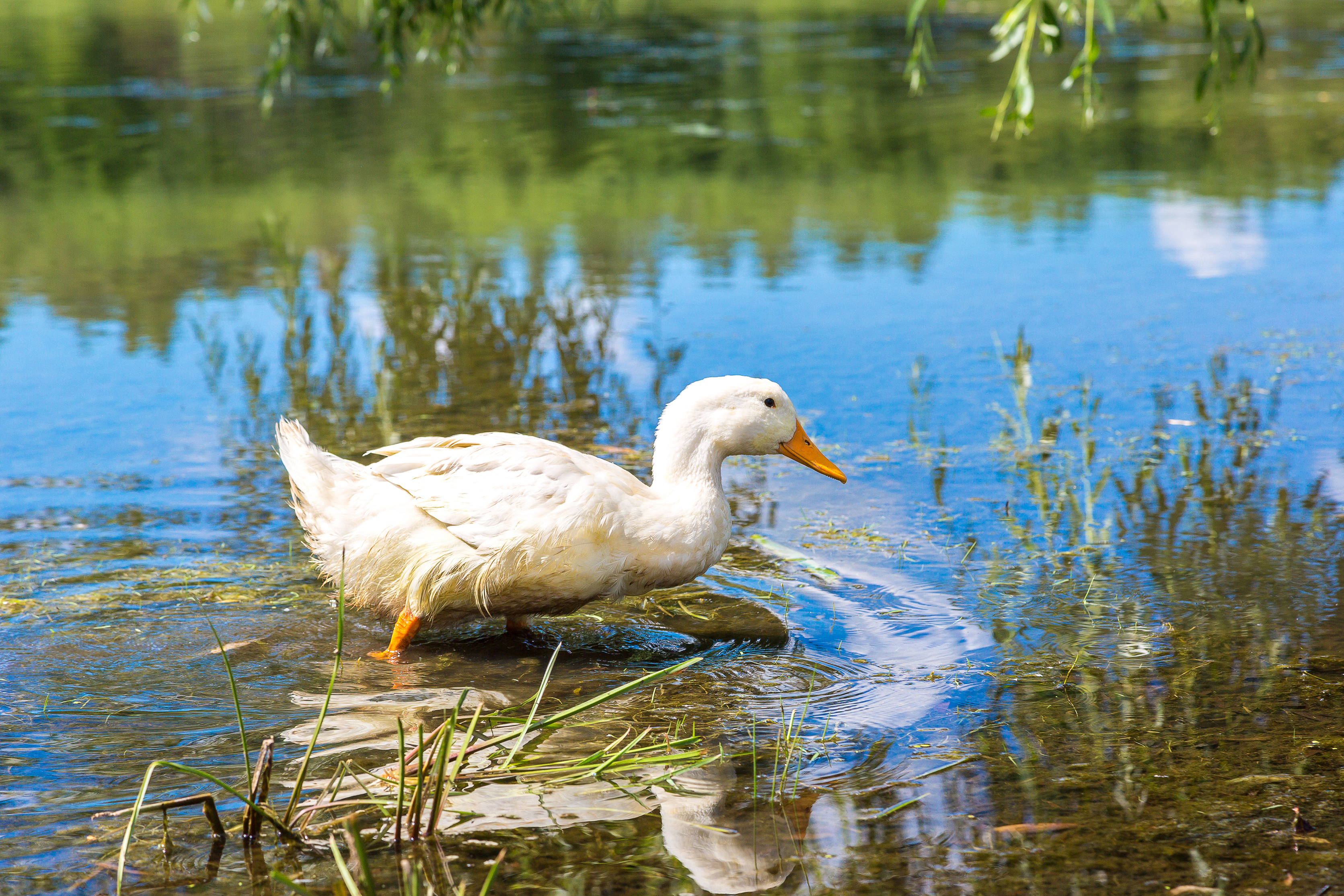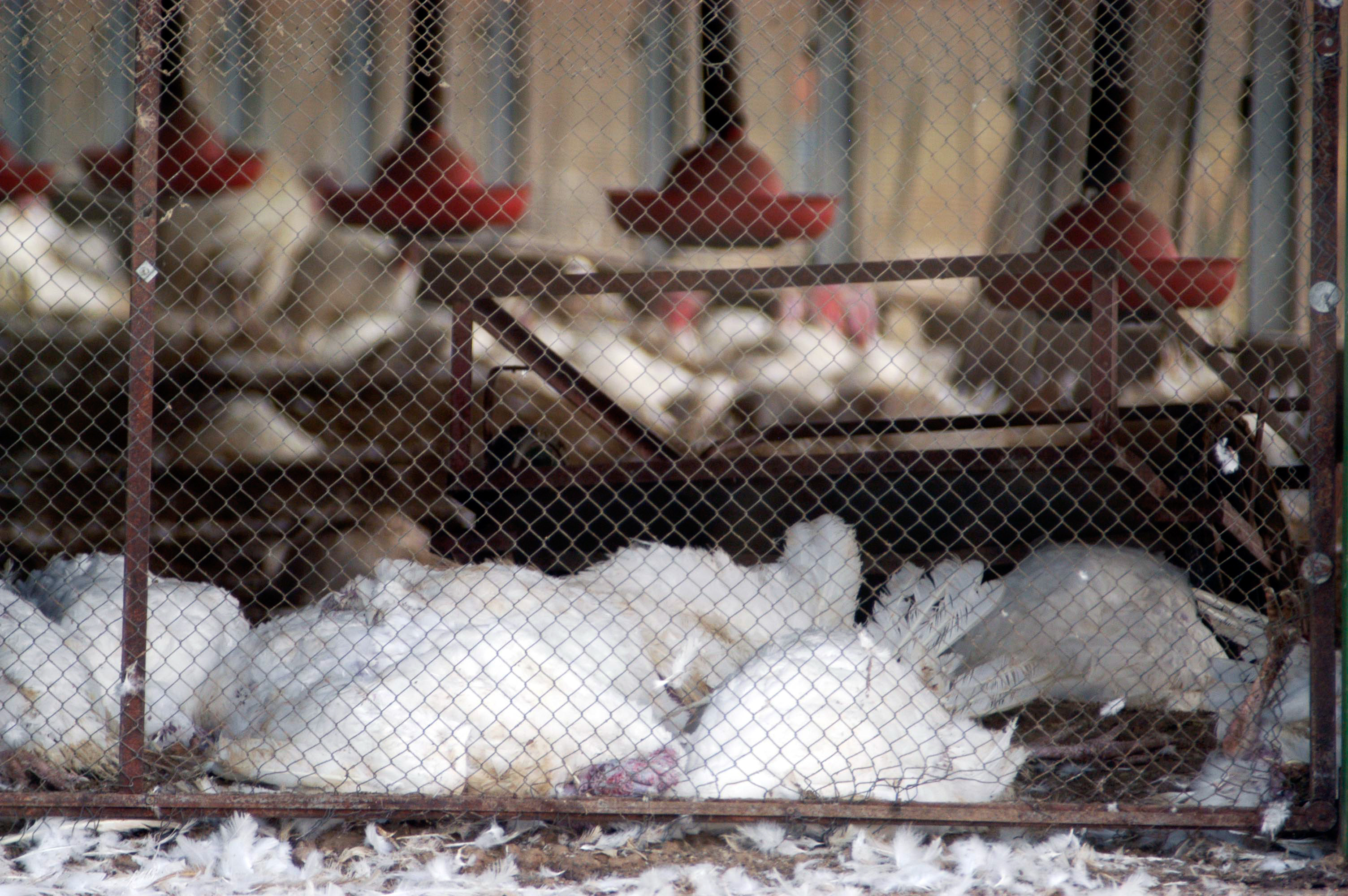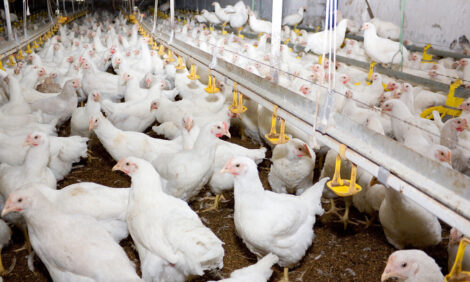



Airborne transmission of bird flu from wild birds to poultry is negligible, says new research
New research from Wageningen Bioveterinary Research (WBVR) has demonstrated that the risk of airborne transmission of the hi-path avian influenza virus from infected wild waterfowl to poultry is negligible.The research looked specifically at the airborne movement of particles from wild waterfowl droppings in the vicinity of poultry farms during the risk season for avian influenza (October to March).

It also considered transmission via aerosolization, with the exhalations or coughs of wild waterfowl infected with avian influenza virus finding their way into the ventilation systems of poultry farms. As a precaution, it’s important that the carcasses of wild waterfowl or other wild birds that have died of high pathogenic avian influenza are removed from their habitat as soon as possible. If not, scavengers eating the carcasses could cause feathers to become distributed. Feathers of wild birds that died of, and if the wild bird died of high pathogenic avian influenza contain the virus, which can then spread the virus as it can survive a long time in those feathers.
Introduction of the virus to poultry
“Wild waterfowl such as ducks, geese, swans and gulls are natural reservoirs of avian influenza viruses. These wild waterfowl can play an important role in introducing the virus to poultry, because they shed avian influenza virus when they’re infected. Traces of the droppings of wild birds infected with avian influenza, when deposited in the vicinity of poultry farms, can find their way into those farms. For example, they can become attached to boots, clothing or tools, or they can be carried in with bedding material stored outside the poultry houses, or they can be brought in through rats and mice carrying the droppings on their fur or legs.
"Furthermore, previous experiences have suggested that the avian influenza virus can be transported from one farm to another if it is produced in large quantities by large numbers of infected chickens in a poultry house. This project investigated whether there is a risk of the avian influenza virus being transmitted into poultry houses from infected wild birds in the vicinity of those poultry houses,” says Armin Elbers, project leader for the research and a senior epidemiologist at WBVR.

Risk analysis
The focus of this risk analysis of airborne transmission of high pathogenic avian influenza virus derived from the contaminated droppings of wild waterfowl or from an aerosol produced by the exhalations or coughs of wild waterfowl infected with avian influenza virus was selected because the risk of such transmission routes might possibly be mitigated through the use of windbreak mesh.
The semi-quantitative risk analysis was carried out by WBVR as part of the One-Health for Food (1H4F) Public-Privat Partnership Risico vogelgriep: relatieve rol van insleeproutes en bioveiligheid op en rondom het pluimveebedrijf (‘Avian influenza risk: relative role of introduction routes and biosecurity in and around poultry farms’), funded by the Ministry of Agriculture, Nature and Food Quality and the poultry farming sector organisation AVINED.
The research identified all the relevant building blocks for carrying out a semi-quantitative risk analysis by means of an extensive literature review, and executing a field experiment to investigate the potential of airborne movement of bird dropping particles during the high-risk avian influenza season.









